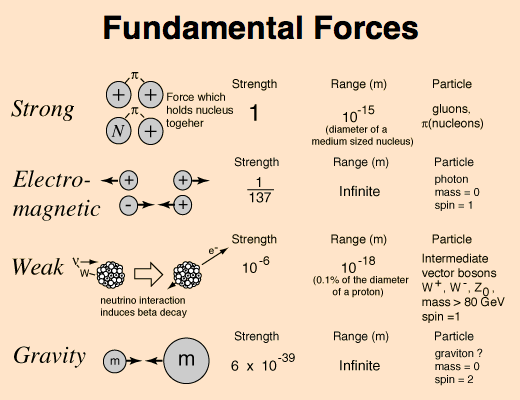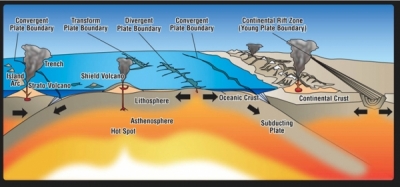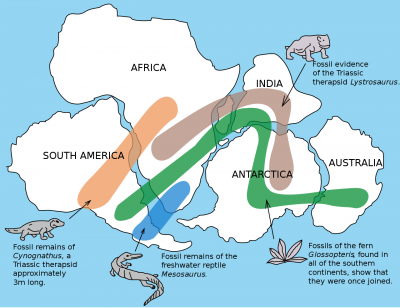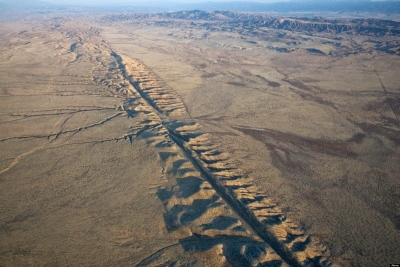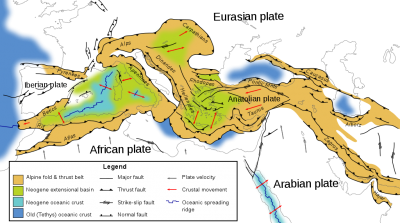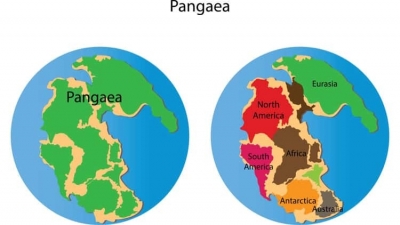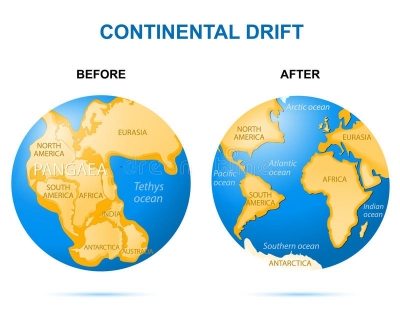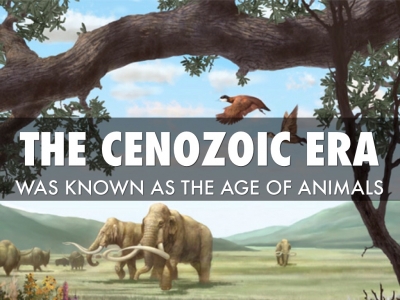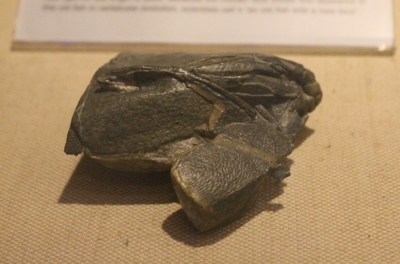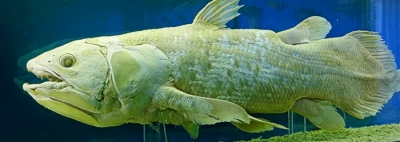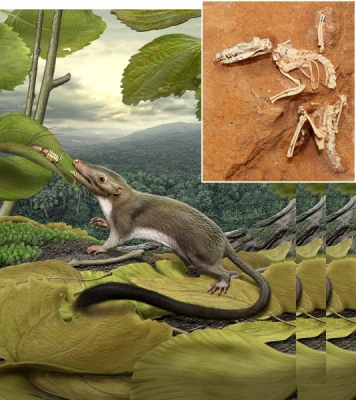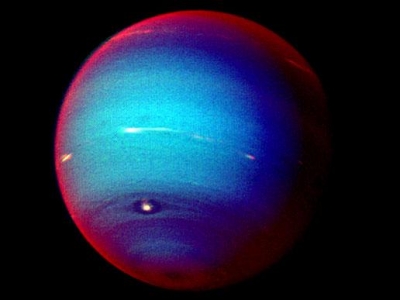HOW DID GOLD GET HERE ON EARTH?
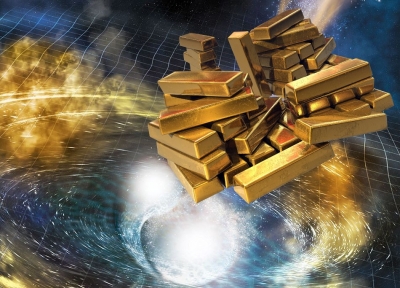
Have you ever wondered where precious metals like gold come from? Or how they became embedded in the deep crevices of our planet?
A gift from the stars
Gold is extraterrestrial. This means instead of arising from our planet's rocky terrain, this metal was actually created in space. Its presence on the Earth is a consequence of the cataclysmic explosions called supernovae. This powerful and luminous explosion occurs towards the end of a star's life.
Supernova
Matter is made up of atoms. These atoms consist of subatomic particles like protons (positively charged particles), electrons (which have a negative charge) and neutrons (neutral particles that form the centre of an atom). The region of an atom that accommodates neutrons is called a nucleus.
When two or more atoms' nuclei (plural of nucleus) merge to form a heavier atom, a large amount of energy is dissipated into the surrounding. This process is known as nuclear fusion.
Stars are mostly made up of hydrogen, which is the simplest and the lightest of all the elements. With time, the enormous gravitational pressure of so much material compresses and triggers nuclear fusion in a star's core.
The energy released due to this fusion is the reason why stars shine. Over millions of years, this fusion transforms hydrogen into heavier elements like helium, carbon, and oxygen. These heavier elements burn faster and faster to make iron and nickel.
Towards the last phase of a stars life, this fusion is unable to release enough energy, and the pressure from the core forces the outer layers of the heavenly body to collapse into the centre. This sudden injection of energy results in the explosion of the star or a supernova.
The pressure of this explosion is so high that it forces various subatomic particles to fuse and form neutrons. These neutrons are then captured and combined by the residual heavy metals from the star. This leads to the formation of heavier elements like gold, silver, lead and even uranium. The formation of heavy metals in a supernova takes place within seconds.
The remnants of supernova
The expanding shock wave from the explosion propels the remnants through space. The supernova debris enriches the space clouds and condenses to form new planets and stars.
Researchers have found that Earth's reserve of gold is most likely a direct consequence of this phenomenon. This would mean that the cosmic cloud that condensed to form our planet had gold particles, which were then kneaded into the planet's crust due to the movement of the tectonic plates and other Geo-thermal activities.
Picture Credit : Google
